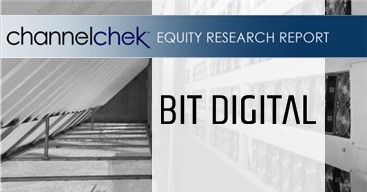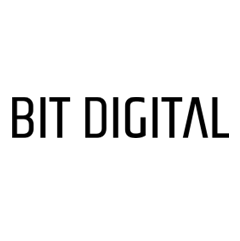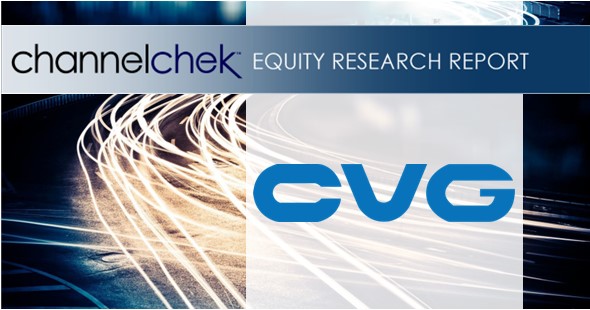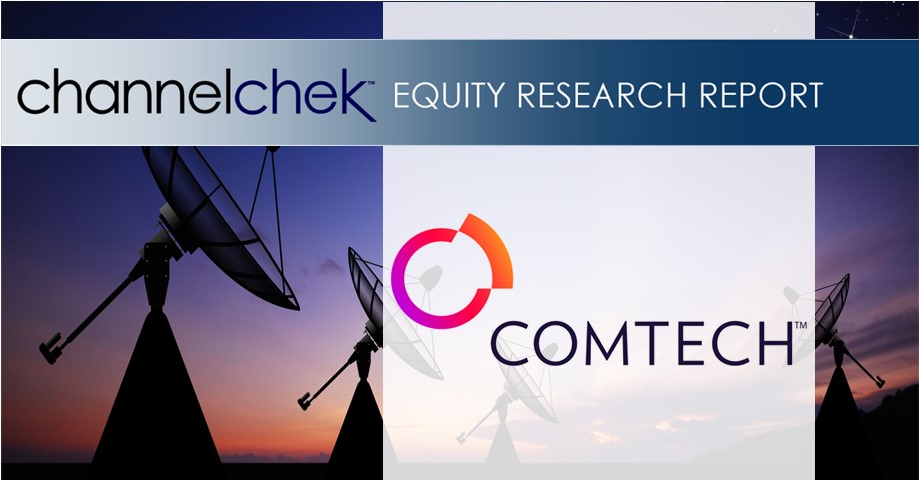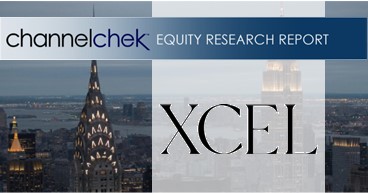
Tuesday, December 31, 2024
Joe Gomes, CFA, Managing Director, Equity Research Analyst, Generalist , Noble Capital Markets, Inc.
Joshua Zoepfel, Research Associate, Noble Capital Markets, Inc.
Refer to the full report for the price target, fundamental analysis, and rating.
New Site. Yesterday, Bit Digital announced the acquisition of real estate and a building for a “build-to-suit” 5MW Tier-3 data center in Montreal, Canada. The 160,000 square feet site was purchased for CAD $33.5 million (or $23.3 million assuming a CAD/USD exchange rate of 0.70) and closed on December 27, 2024. The Company funded the purchase with cash on hand and is in the process of securing mortgage financing for the site acquisition and subsequent infrastructure capex. A new customer is expected to fill the capacity with new-generation Nvidia GPUs.
Building the Site Up. Bit Digital expects to spend roughly CAD $27.6 million (or $19.3 million) to develop the site to meet Tier-3 standards. The initial gross load for the site is at 5MW, which has the potential to expand, allowing scalability by market demand. In our view, the potential allows for the expansion of an owned site with an average cost per MW of $8 million, below market rates. Development is expected to be completed and operational by May 2025.
Get the Full Report
Equity Research is available at no cost to Registered users of Channelchek. Not a Member? Click ‘Join’ to join the Channelchek Community. There is no cost to register, and we never collect credit card information.
This Company Sponsored Research is provided by Noble Capital Markets, Inc., a FINRA and S.E.C. registered broker-dealer (B/D).
*Analyst certification and important disclosures included in the full report. NOTE: investment decisions should not be based upon the content of this research summary. Proper due diligence is required before making any investment decision.
